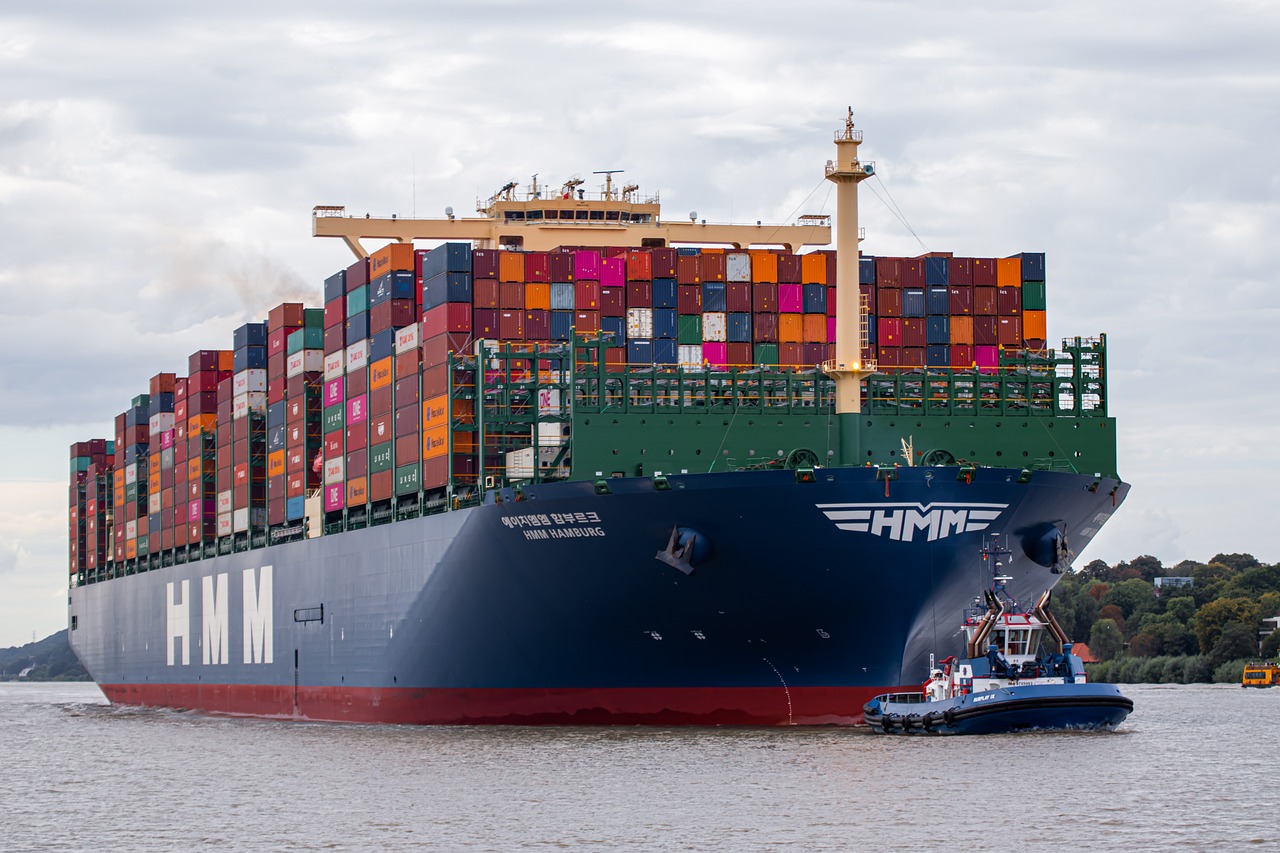
I. Basic concepts of self-operated export and trade agency
In international trade practice,Self - managed exportRefers to the model where enterprises directly complete all processes including customs declaration, tax refund, and foreign exchange settlement, with typical characteristics including:
- The enterprise holds import and export operation rights
- Independent management of customer resources and transaction processes
- Direct assumption of exchange rate fluctuations and payment risks
Trade agency servicesRefers to the model where cross-border transactions are completed through third-party professional institutions, with core elements including:
- The agent handles customs clearance, logistics and other procedures
- The principal retains product pricing rights
- Risk allocation according to contract terms
II. Core differences in the latest 2025 market environment
According to the General Administration of Customs foreign trade data for the first quarter of 2025, the proportion of agency exports increased by 3.2 percentage points year-on-year, which is directly related to the increasing complexity of cross-border supply chains. The main differences between the two models are reflected in:
- Comparison of capital occupation
- Self-operated export requires full advance payment of production funds
- The agency model allows negotiation of prepayment ratio (typically 30%-50%)
- Risk assumption dimension
- Self-operated export enterprises bear 100% of trade risks
- Under the agency model, specific responsibilities such as quality disputes and logistics delays can be agreed upon
- Composition of operational costs
- Self-operated businesses need to establish a foreign trade team (annual cost approximately 200,000-500,000 yuan)
- Agent service fees typically range from 1.5%-3% of the goods value
III. Recommendations for enterprise decision-making models
Recommended evaluation dimensions for selecting the appropriate model:
- Enterprise scale
- Annual export volume <5 million: Priority consideration for agency model
- Annual export volume >20 million: Recommended to establish self-operated system
- Product characteristics
- Highly customized products suit self-operation
- Standard products can leverage agency channels for rapid distribution
- Market expansion stage
- New market development recommended to test waters through agents
- Mature markets can transition to self-operation to increase profits
IV. Impact of new trends in foreign trade services in 2025
With full implementation of RCEP agreement and popularization of independent station models, enterprises should focus on:
- Comprehensive cross-border e-commerce service providers offeringHybrid agency model(Partial agency + core business self-operation)
- Digital customs declaration systems lowering self-operated export barriers
- Supply chain financial products alleviating capital pressure
V. Common decision-making pitfalls and risk warnings
- Misconception 1: Assuming agency costs are necessarily higher
Case study: A machinery parts manufacturer saved 380,000 yuan annually through agency by avoiding formation of 10-person foreign trade team
- Misconception 2: Overlooking hidden clauses in agency contracts
Special attention is neededMinimum purchase quantity commitmentsandMarket territory protection clauses
- 49. Risk warning: With multiple countries adjusting rules of origin in 2025, recommendations:
- Self-operated exporters should update HS code database
- Agency cooperation requires confirmation of compliance review responsibilities


 Follow Customer Service WeChat
Follow Customer Service WeChat